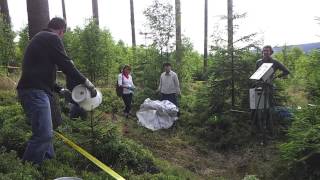Research visit 3 (Turkey)
The FOREBIOM project consortium met a third time for joint scientific practical work at Anadolu University, Eskişehir in Turkey. During the laboratory work, participants were able to learn about different pyrolysis reactors and their influence on resulting products (bio-oil and biochar), as well as their characterization, using stlandard methods (TG-FTIR-MS, GC, SEM, BET, water holding capacity, elemental analysis etc.). In addition, both biochar and feedstock materials used for biochar production in Austria (woodchips from spruce) were analyzed and characterized. The focus was, however, to exchange knowledge and experience in standard laboratory melthods and to intensify collaboration beyond the duration ofk the current project. Subsequently the gained results were assessed and a concept note for a scientific publication was prepared in order to disseminate the results among the scientific community. A concept was developed which ensures integration of in-situ results obtained at the Austrian injvestiagtion plots with laboratory data obtained in Turkey.
Again, it was a very successful and interesting visit with a great atmosphere and many opportunities to share experiences.
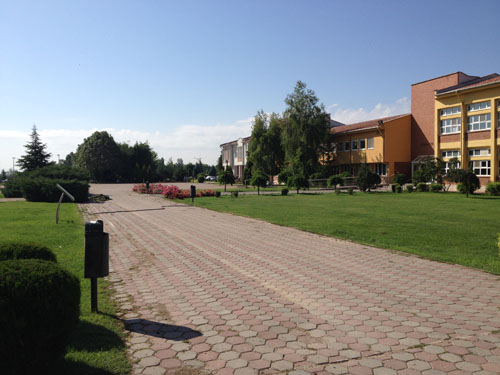
The campus of Anadolu University is well-maintained and creates an inspiring environment
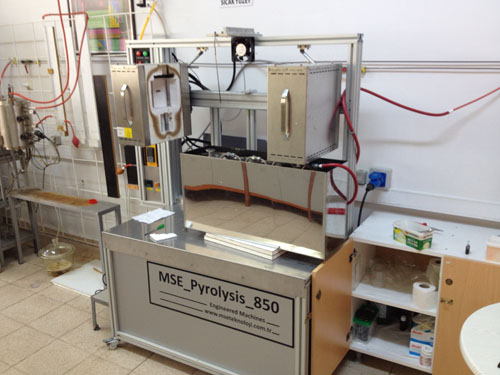
A custom-made slow pyrolysis reactor with a series of traps for volatiles was used for our pyrolysis experiments.
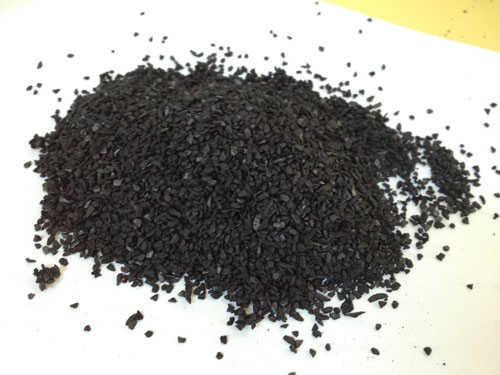
The obtained biochar had excellent properties in view of soil amendment for the primary aim of long-term carbon sequestration.
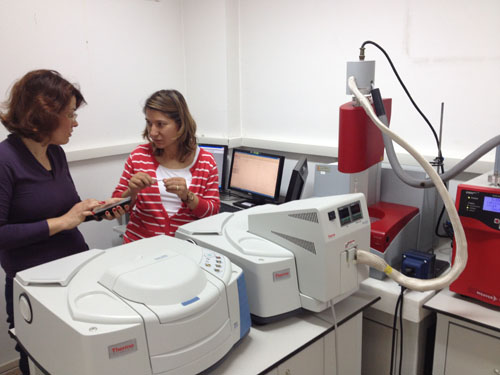
Prof. Basak and Prof. Varol setting up TG-FTIR-MS in order to assess evolving volatiles with ongoing pyrolysis.
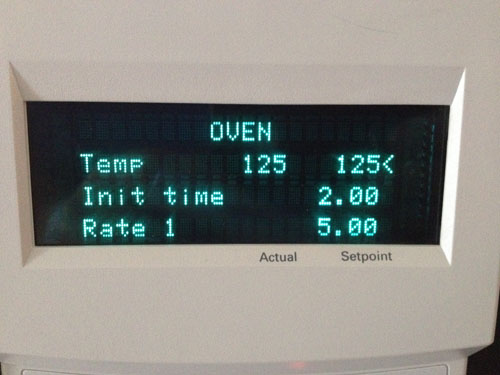
GC-MS was used to analyze the composition of bio-oil produced during slow- anf fast pyrolysis
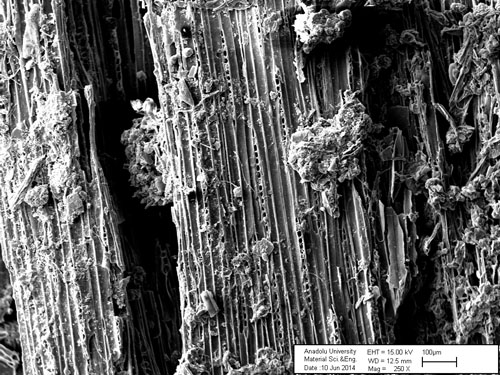
Aged biochar from Austria shows the tight interactions between biochar, soil particles and mycorrhizal hyphae.
